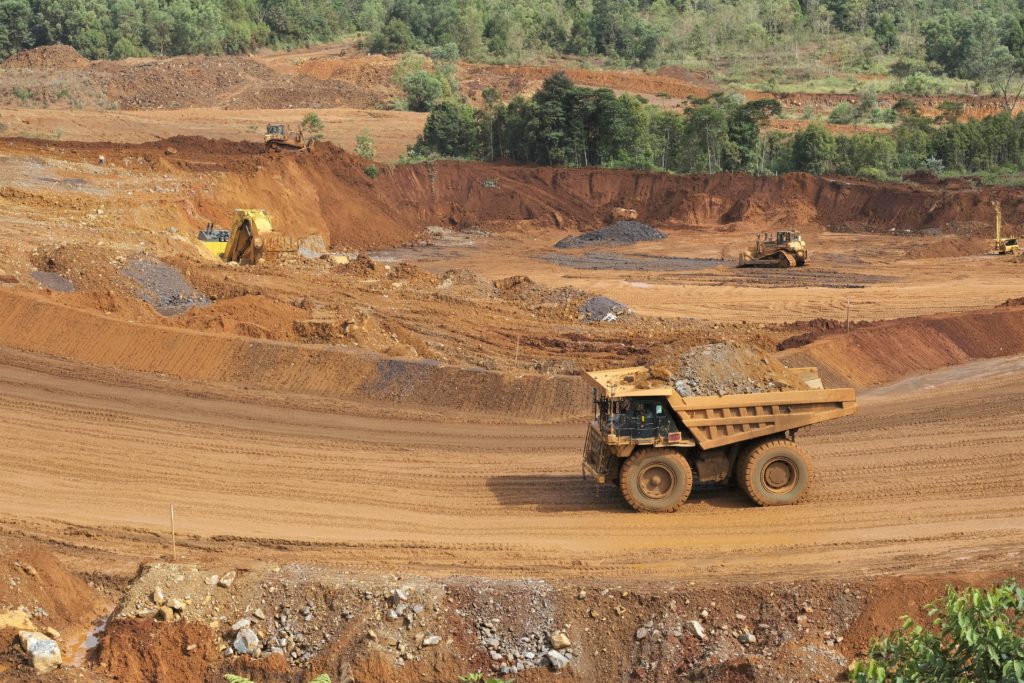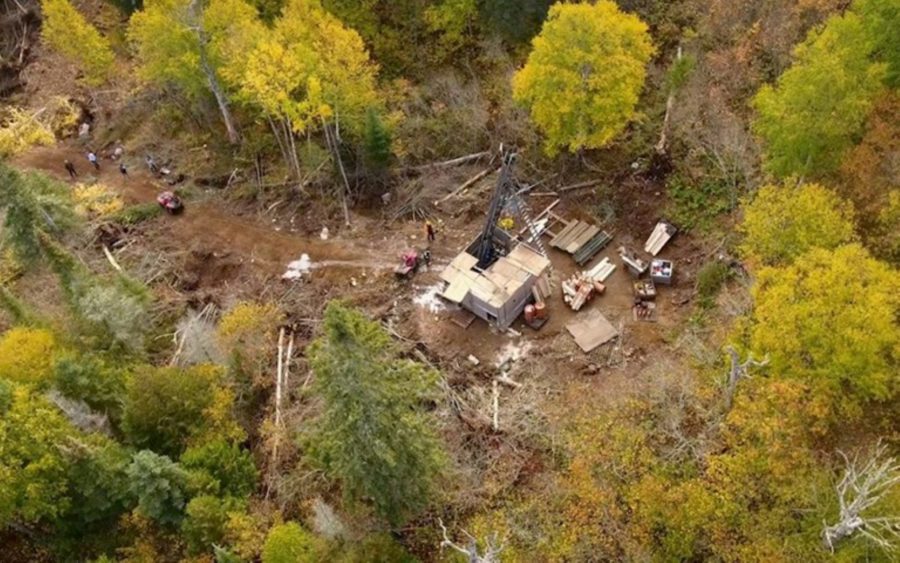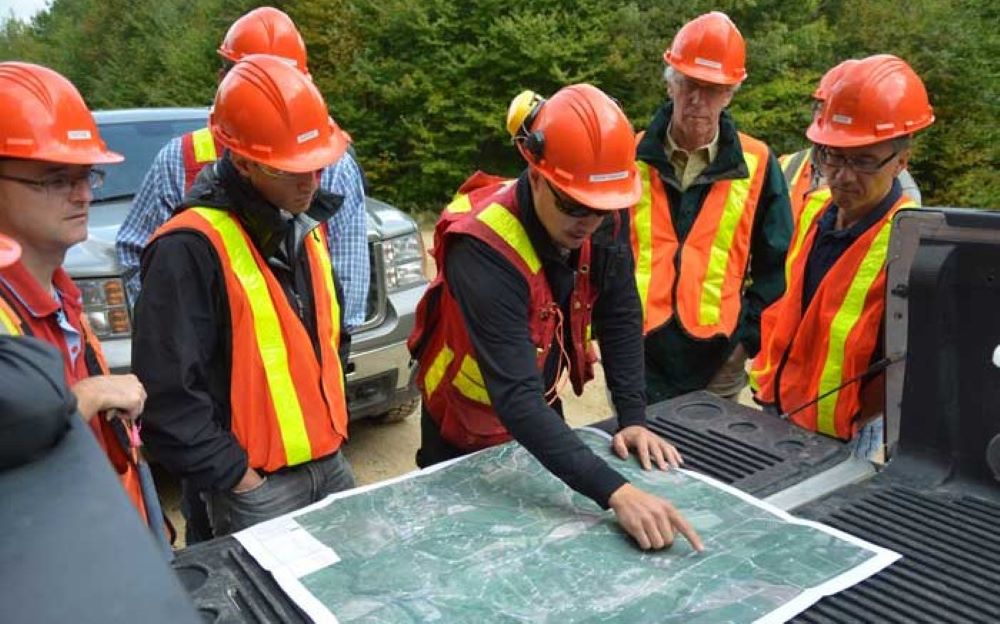Reshaping the future: The 2025 risks and opportunities in mining and metals

As the world continues to request key minerals and metals for the transition to low-carbon economies, the landscape of risks and opportunities for the metals and mining sector is constantly evolving. The latest findings from EY’s “Top 10 Risks and Opportunities in Mining and Metals Report for 2025” reveal a significant ranking shift in the sector’s priorities. For the first time in three years, capital has overtaken environmental, social, and governance (ESG) considerations as the paramount risk facing the sector. This change underscores the urgent need to balance growth with capital discipline amidst the burgeoning demand for minerals crucial to the energy transition.
The sector is at a pivotal juncture, with companies striving to elevate environmental stewardship and focusing intently on managing waste, water, and ensuring nature-positive outcomes. This shift towards a more targeted approach to ESG reflects the industry’s commitment to not just meeting, but exceeding, environmental standards. Moreover, the backdrop of increased geopolitical uncertainty weaves through the rankings, emphasizing the need for the sector to embrace transformation through innovation, collaboration, and agility.
Interestingly, the latest survey indicates a departure from the top 10 risks of governance, cyber, digital, and workforce concerns. This evolution suggests that for many in the industry, the challenges and opportunities presented by cyber and digital advancements have become a standard part of operations. However, the diminished focus on governance and workforce issues raises critical questions, especially as companies venture into new projects in regions with potentially less stringent regulatory frameworks and as the industry grapples with attracting and retaining the talent essential for its future.
In the survey, our clients have pinpointed capital as the foremost risk for 2025, ascending from the second spot last year and the eighth in 2023. Environmental stewardship was re-rated to the second biggest risk. Following closely is geopolitics, marking a notable shift as it ranked seventh in 2024 but was second in 2023. A detailed exploration of these concerns, as highlighted by leading global metals and mining firms, unveils insightful perspectives.
Capital balance: Aligning investments with growth strategy
The scrutiny from investors regarding the deployment of investments has intensified, with a pronounced emphasis on capital discipline and returns. In response, companies are seeking growth and value enhancement through mergers and acquisitions, business models, divestitures of non-core or low-growth assets, and exploring diverse financing options. The current macroeconomic challenges underscore the importance of partnerships, joint ventures, or integrations to mitigate risks associated with large-scale projects. There is a growing recognition that meeting the investment demands for the energy transition may require a fundamental shift in financing strategies to prioritize long-term value creation.
Nature-positive legacy: Mining’s path to environmental stewardship
The focus on the environmental aspect of ESG is more pronounced than ever, with mining companies making strides in creating a positive environmental legacy. Initiatives aimed at waste and water management are gaining momentum, alongside a significant increase in nature-positive projects. With nearly half of the survey respondents (46%) expressing confidence in meeting their nature-positive commitments, it is clear that the industry is taking decisive steps towards reversing nature loss by 2030. The collaboration with Indigenous communities, who play a crucial role in sustainable land management, is also highlighted as a key factor in achieving these environmental goals.
The geopolitical game: Sector’s strategy amidst resource nationalism
The rise of resource nationalism, impacting tax regulations and ownership rights, underscores the complex interplay between the sector and geopolitical dynamics. The concentration of strategic minerals and metals supply adds another layer of complexity, emphasizing the need for transparent supply chains. Companies are encouraged to explore joint ventures with local entities and licensing as strategies to mitigate investment risks in certain geographies. Additionally, the trend towards national self-sufficiency in strategic sectors highlights the importance of balancing immediate revenue goals with long-term benefits.
In conclusion, the metals and mining sector is navigating a landscape marked by significant shifts in risk priorities and opportunities. The industry’s focus on capital, environmental stewardship, and geopolitics reflects a broader trend towards sustainable growth, responsible resource management, and strategic adaptation to geopolitical challenges. As companies chart their course through these evolving dynamics, the emphasis on innovation, collaboration, and agility will be crucial in reshaping the future of the sector with confidence. The journey ahead promises to be one of transformation, with the potential to redefine the industry’s role in building a more sustainable and prosperous world. 
Theo Yameogo is the Americas mining & metals leader at EY,
based in Toronto (www.ey.com/en_ca/mining-metals).





Comments